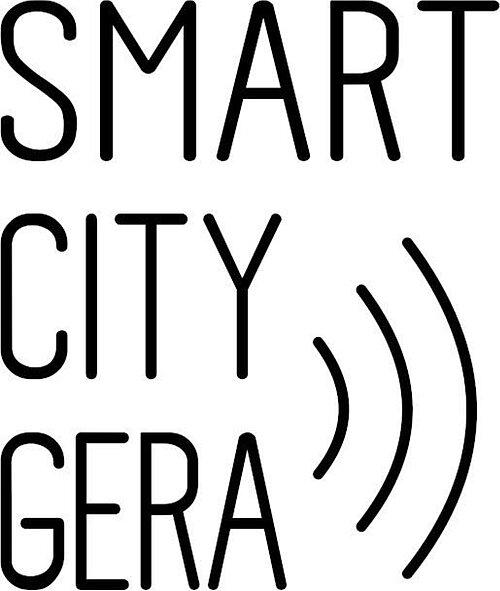Description of measures
For a medium-sized city like Gera, the following circumstances arise in the context of mobility:
- Due to shrinking population figures with existing infrastructure, there are no constraints in Gera such as high parking or traffic pressure, which is why commercial providers show little motivation to install their alternative transportation systems (e.g. rental cars, rental bikes) in the city.
- The population of the city of Gera and similar medium-sized cities are (however) an essential component without which the mobility transition will not succeed. They must therefore be considered and taken into account from the outset and throughout the entire transformation process.
- The motivation of citizens to use new forms of mobility depends largely on the attractiveness of their use.
- The success of the transformation of the city and its mobility depends in particular on data, digitalization and networking.
The planned mobility measure therefore consists of the following focal points:
- Development & operation of mobility islands with alternative mobility offers, operated by the municipal transport companies
- Proprietary development / use of an open-source mobility platform as a standardized booking interface, for data collection and for urban traffic control
- Expansion/extension of data collection as a basis for urban planning processes and for the further development of transport companies and supra-regional transport associations
- Development of the accompanying transformation of the city (master plan for the future)
The mobility islands are intended to offer alternative forms of mobility in the vicinity of public transport at business locations, in residential or tourist centers according to the "hub and spoke" structure and/or in areas previously only accessible by private transport. Each mobility island offers a range of services for different user groups, consisting of pedelec and cargo bike sharing, parking facilities for personal bikes/e-scooters and car sharing, and is directly linked to the local (GVB) and/or regional (RVG) transport companies. The integration of e-scooter providers is planned. The car sharing vehicle is to be an electric car including charging infrastructure. The challenge in developing a booking interface is to offer the user a central point of contact (similar to traditional public transport) for registration, booking, ticketing and billing for the various alternative forms of mobility.
At present, data is only collected in a rudimentary way by the city planning office, transport planning department or the local public transport company. This data has not yet been linked, exchanged or used only selectively for urban planning processes. The aim here is to create a useful concept and start collecting data. The aim is also to feed the data into the city's OpenData portal. The currently planned "Bamberg mobility platform" has interfaces as well as analysis tools. The steps described above are the prelude to the master plan for the future of the city of Gera. It is transferable to other medium-sized cities. The master plan will accompany the measures on an ongoing basis and will continue to be developed further. Among other things, the master plan identifies the key challenges for the mobility transition and shows the corresponding options for action and instruments that a medium-sized city like Gera can use to shape its transformation. These include conventional measures such as the expansion of parking space management or street design as well as the gradual expansion of innovative, alternative mobility services such as ridesharing or, depending on the maturity of the service, autonomous driving. The focus is on further covering "white spots" in public transport and improving connections in rural areas. The Greiz "collar circle" surrounds GERA and provides a point of contact for coordinating transferability for rural areas. The primary goal remains the further development of urban planning processes (based on data collection) and municipal transport services without "cannibalizing" them. Every form of public mobility must be developed/used to strengthen local public transport, as parallel operation with a reduction in the number of local public transport passengers will lead to an increase in compensation payments and thus a burden on every municipality. The areas that support the transformation of mobility, such as new logistics solutions (e.g. micro-depots or the provision of cargo bikes), also lead to further relief of urban traffic. Solutions relevant to Gera in this area will be examined and the target contribution and implementation evaluated. The selection of locations for the 3 mobility islands has been completed and is based on the findings and considerations of the analyses carried out as part of the mobility island concept pilot measure.
